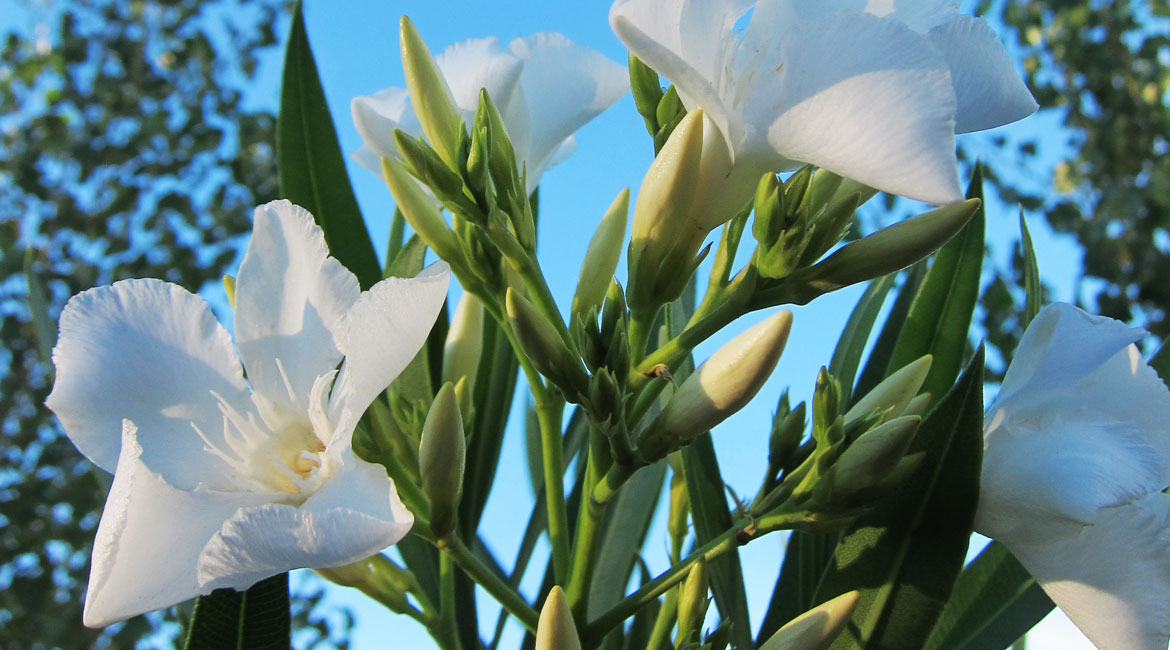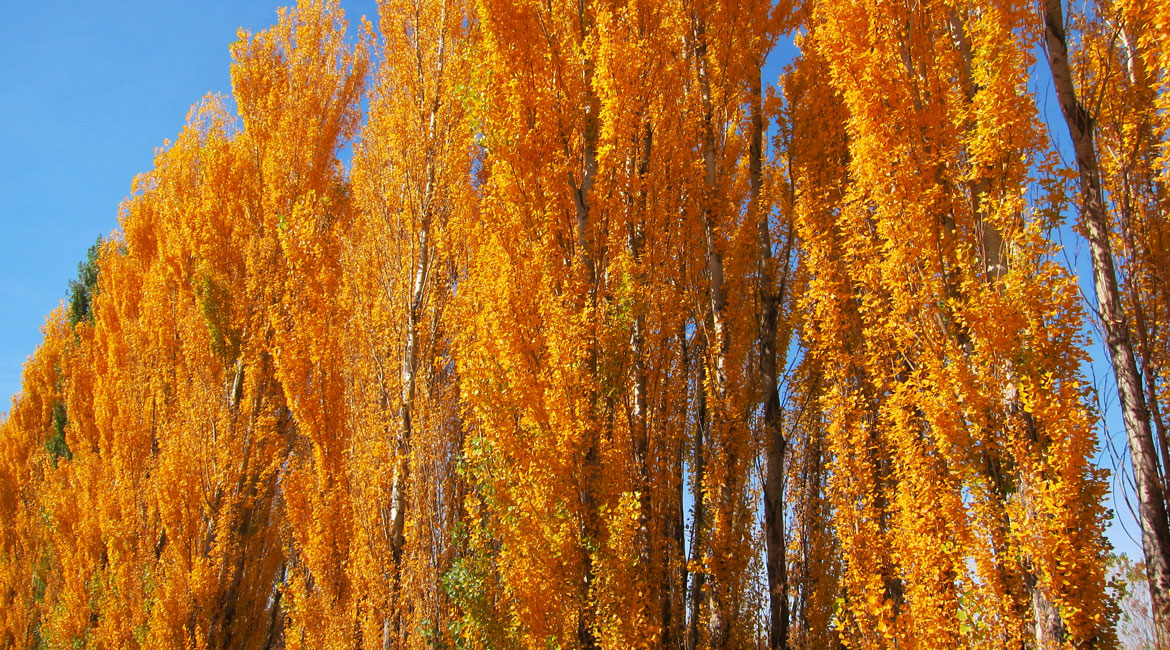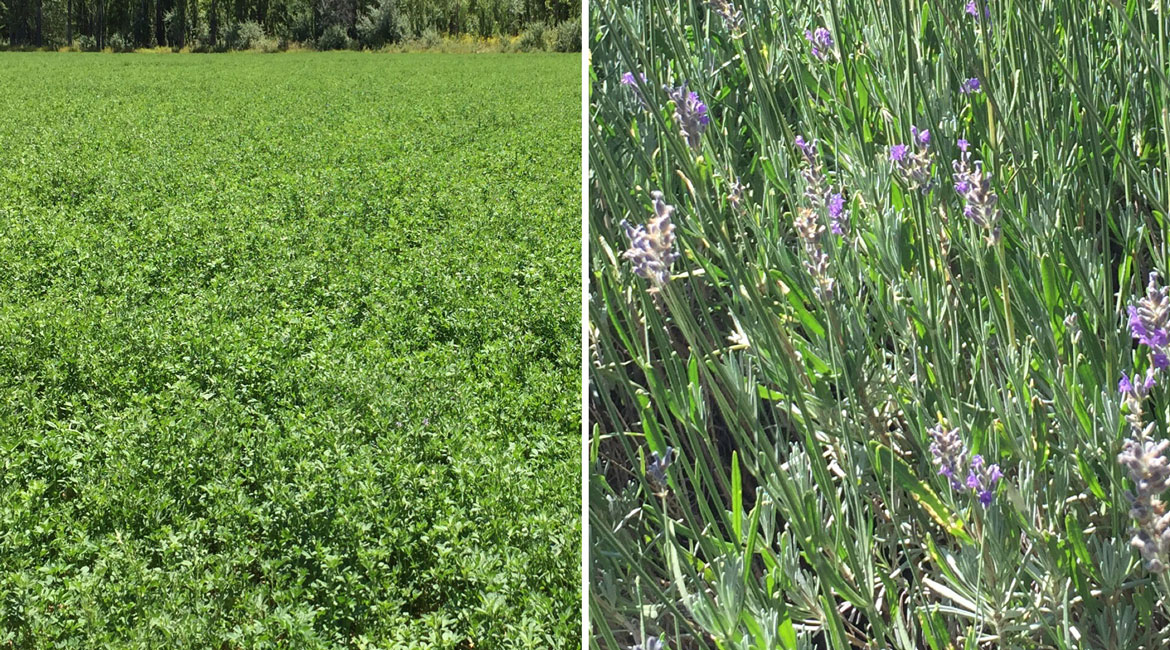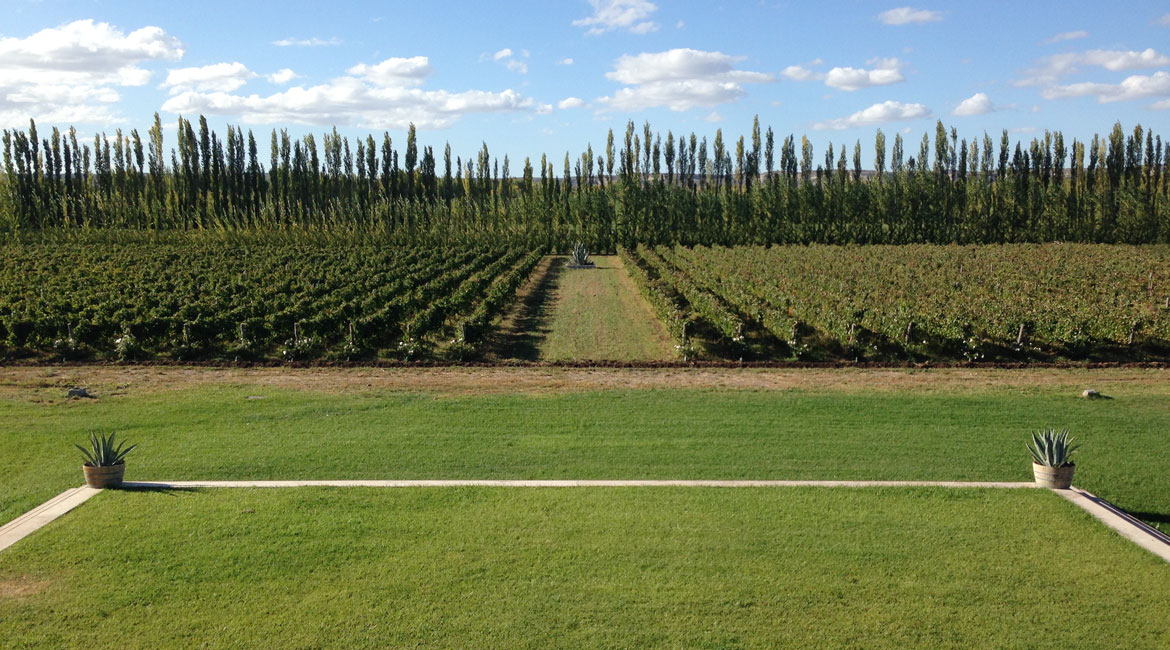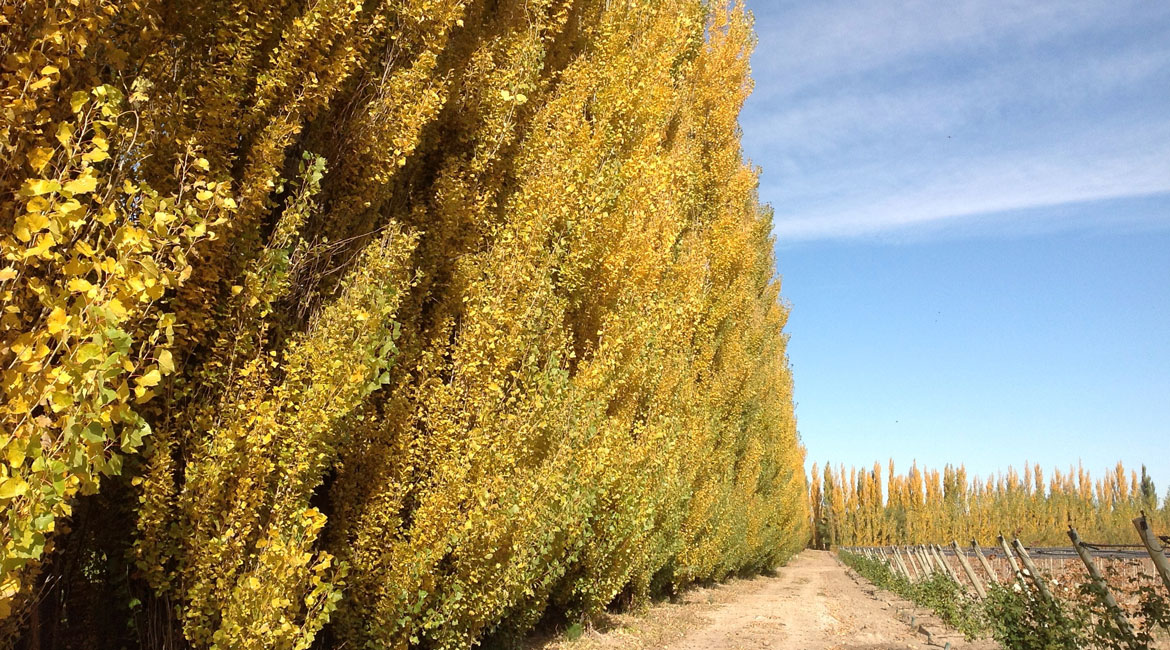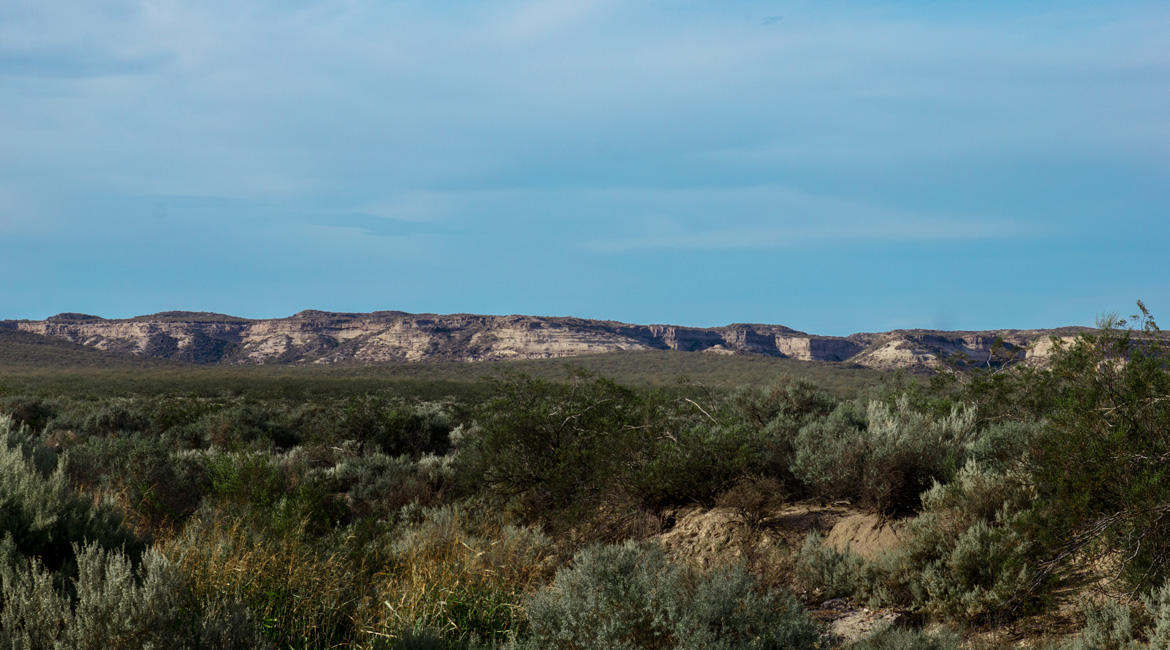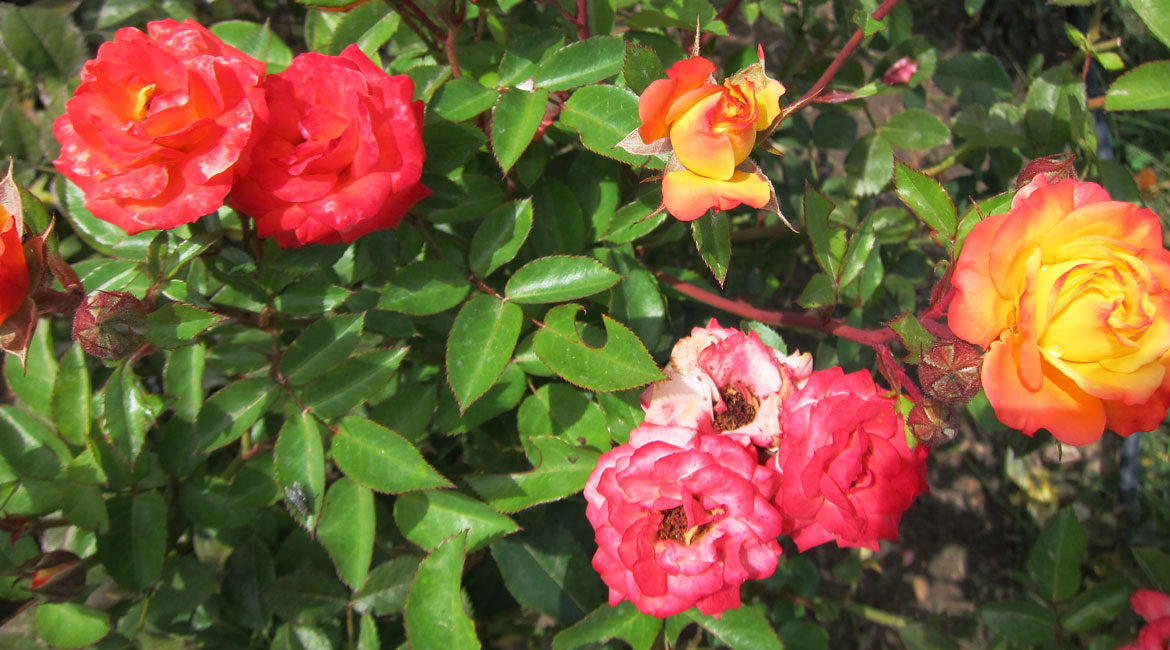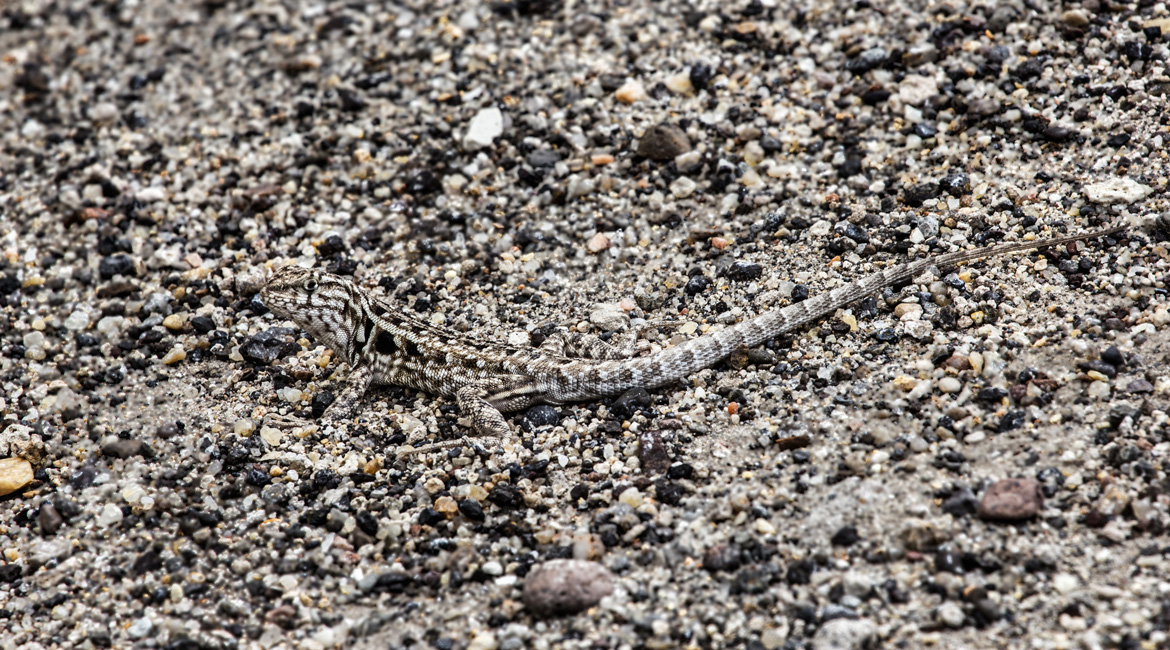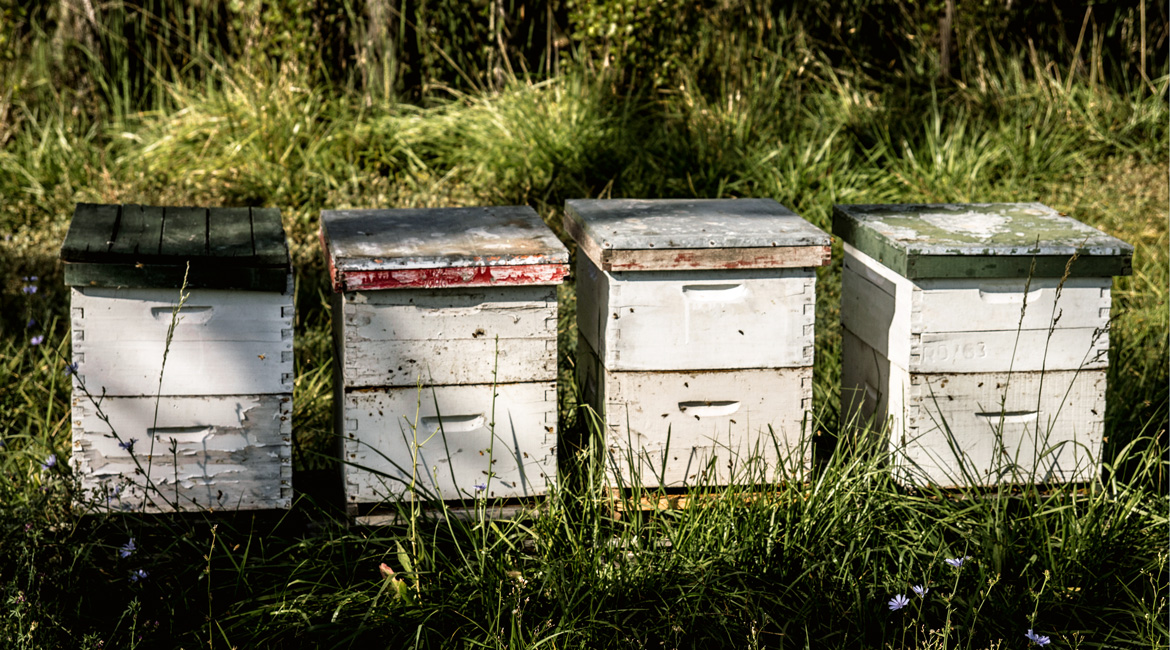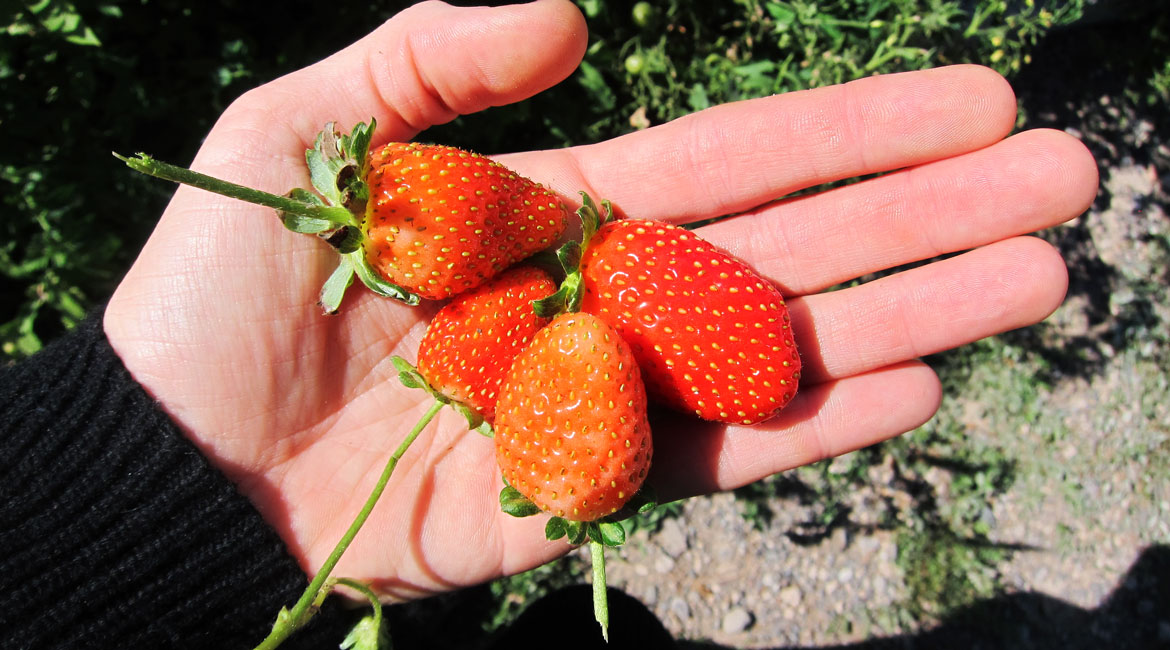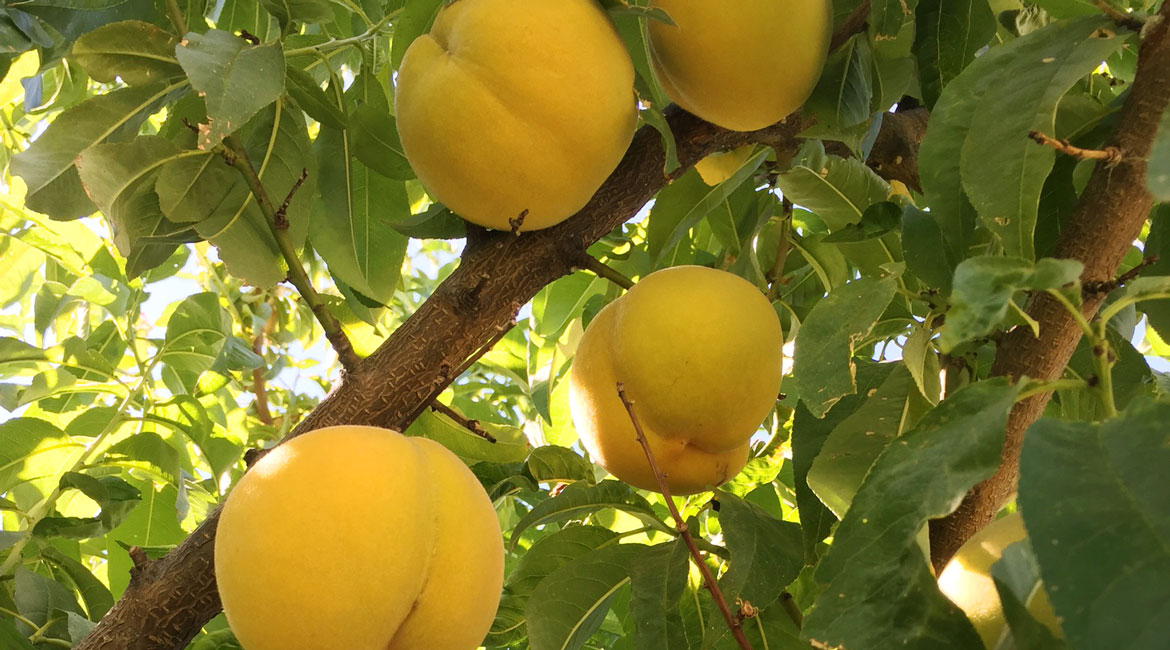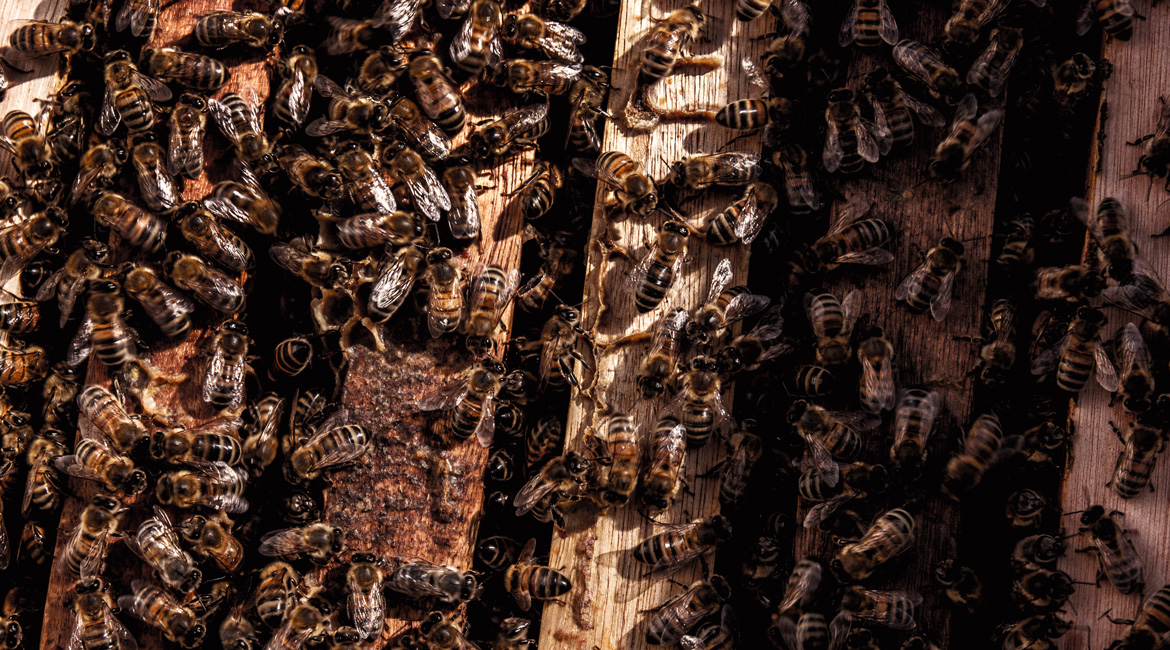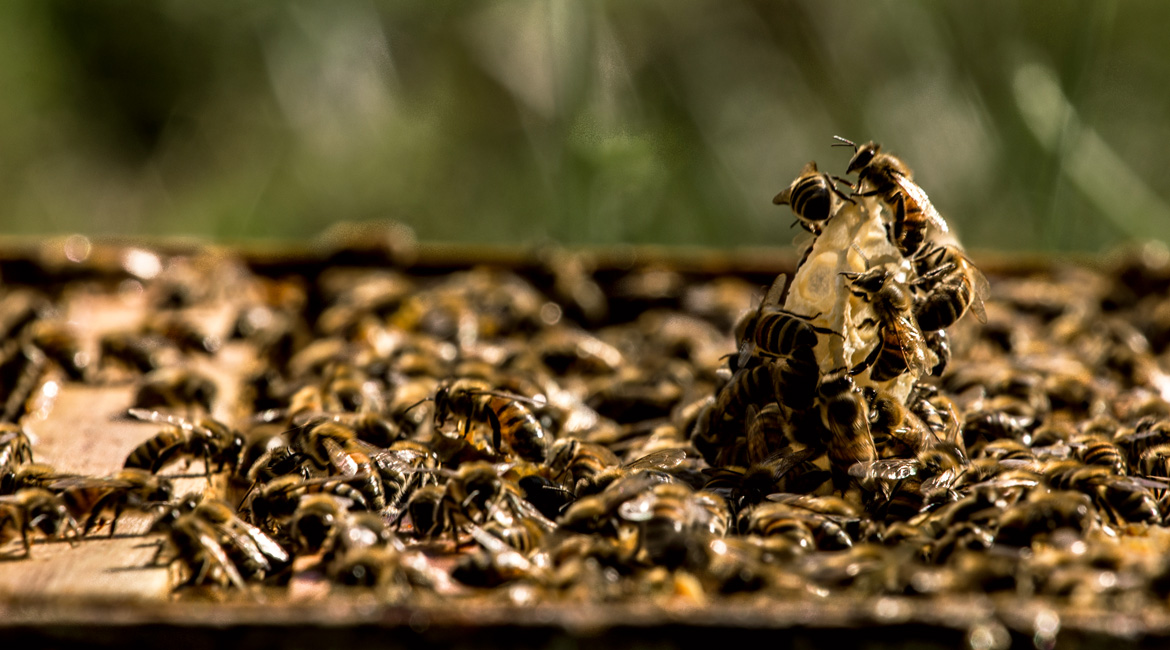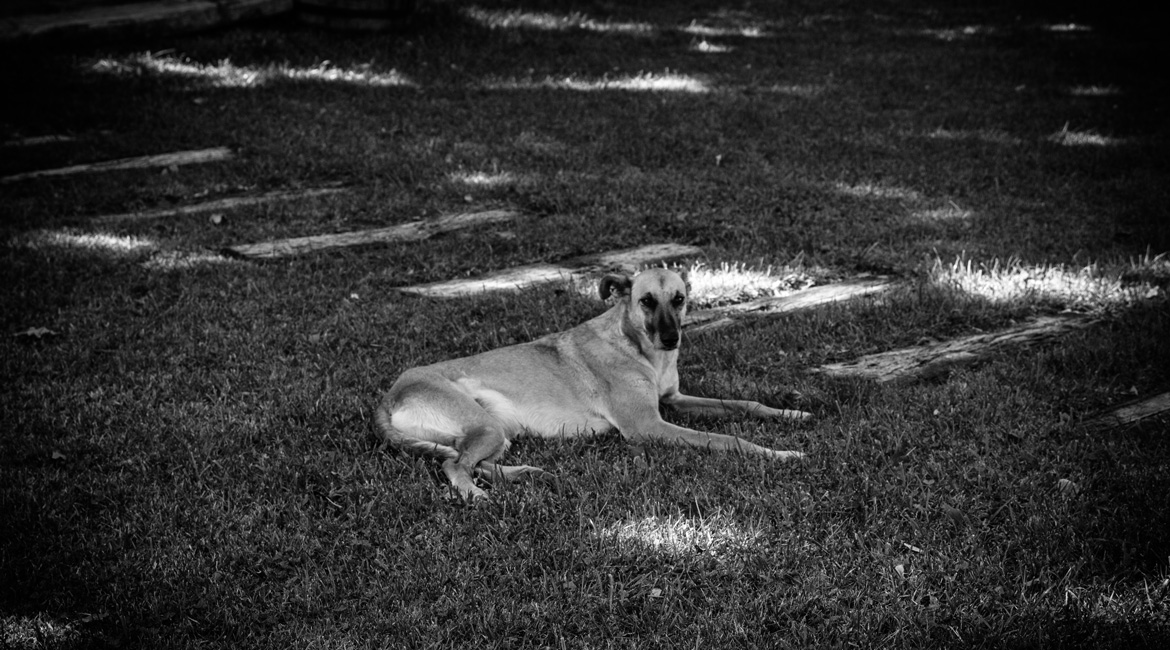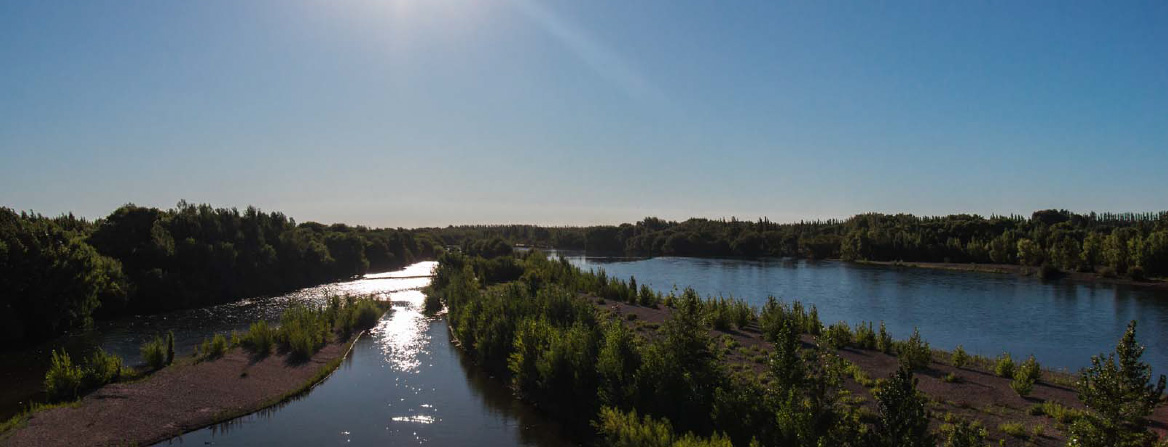
History and Geology of Mainqué
The Río Negro originates from the junction of two meltwater rivers, Limay and Neuquén, and then crosses the stepped plains of the province through a forest about 3 kilometers (1.9 mi) long at the Alto Valle, a 75-mile-long, 5-mile-wide stretch along the river. The elevation at the valley is between 290 meters (952ft.) and 330 meters above sea level.
In the 1820s, British colonists dug irrigation channels on both sides of the river, forming a green belt suitable for agriculture. Soils at the river banks are mainly acidic, sandy loams and silty loams, while in the dry plain, extensive gravel mantels known as ‘Rodados Patagónicos’ or ‘Patagonian Shingle Formation’ can be found.
A high iron concentration before the Río Negro produces heavy red clay soils in the “Mainqué” area. Another part of the estate is encompassed by “barda” soils: eroded steep slopes with scarce vegetation.

Climate
As a result, soil genetic horizons are quite drained and have poor organic matter, but these conditions contribute to the health of the crops in the High Valley, while growers are able to control the water intake through irrigation.
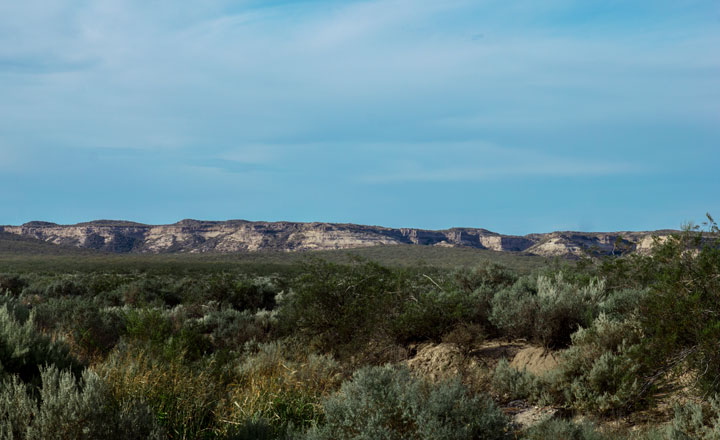
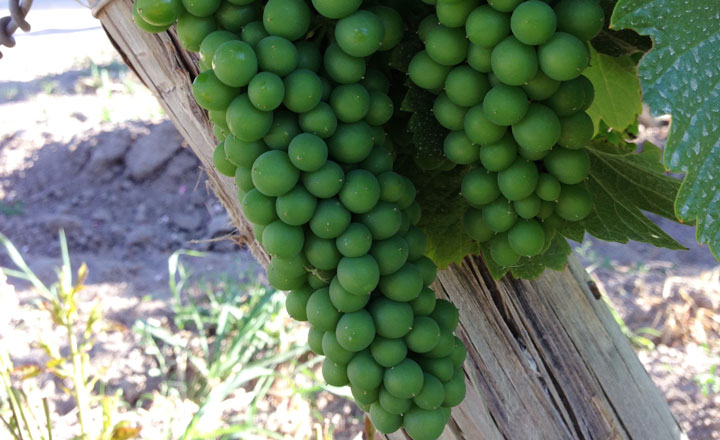
Classic desert conditions of warm days and cold nights extend the growing season and slow the ripening of grapes. The combination of high winds, constant sun, little rainfall, and alluvial soils tend to yield smaller and thicker grapes, leading to high concentrations of sugar and natural acidity.
Nature
The ultimate principle we follow at Chacra is a conscientious respect for the natural environment. Our organic approach seeks to preserve biodiversity and natural resources, with the least intervention of man possible. This is why all biodynamic preparations we use for our vineyards are made from the plants and animals of the very estate.
Great bustard
Black and white buff-necked ibis (bird of passage)
White-browed blackbird
March seedeater
Chimango caracara
Black-necked swan
Eurasian collared dove
Chalk-browed mockingbird
Rufous-bellied thrush
Hornero
Red-crested cardinal
Southern lapwing (common and widespread)
Great kiskadee
Martineta tinamou
Eagles
Herons
Ducks
Wild boar
Geoffroy’s cat
European hare
Armadillos
Pichi (dwarf armadillo)
Weasel
Quiz
Nanny goats
Foxes
Aquatic animals
Carps
European perch
Patagonic silverside
Mojarras
Nutrias
Plants
Jarilla
Prosopis
Sampa
Chañar – also brea - (prickly)
Coirón (Gramineae)
Olivillo tree (prickly tree)
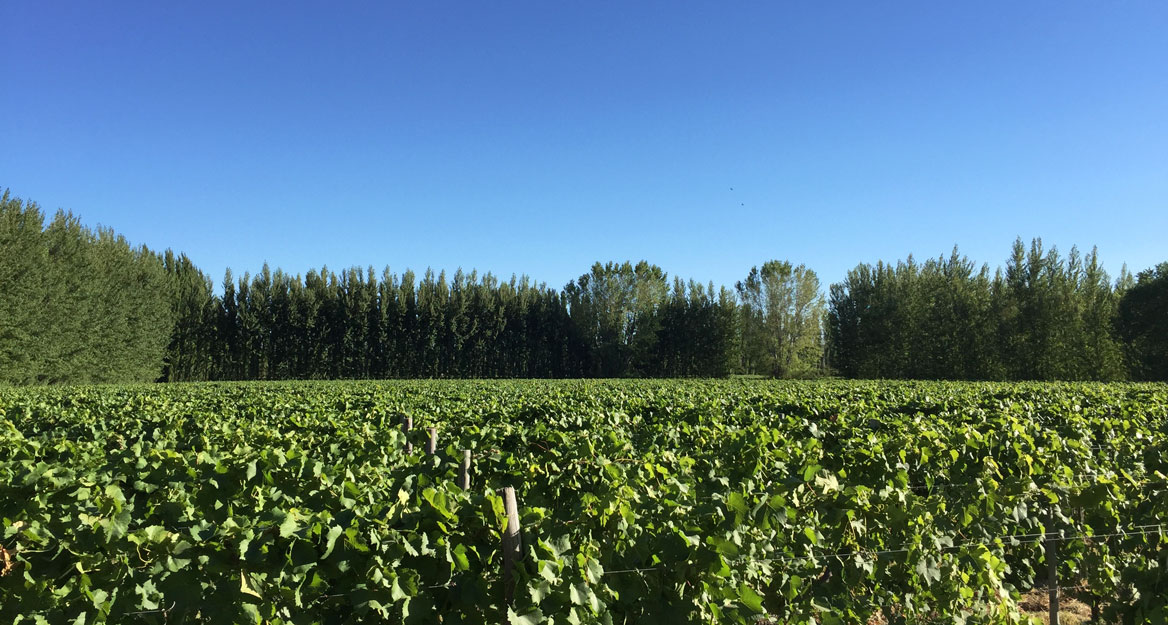
Terroir & Vineyards
Another part of the estate is encompassed by “barda” soils: eroded steep slopes with scarce vegetation. These conditions contribute to the health of the crops in the High Valley, while growers are able to control the water intake through irrigation channels, which were created by British colonists in the 1820s. In addition, low humidity in the air eliminates the possibility of mold and other diseases.
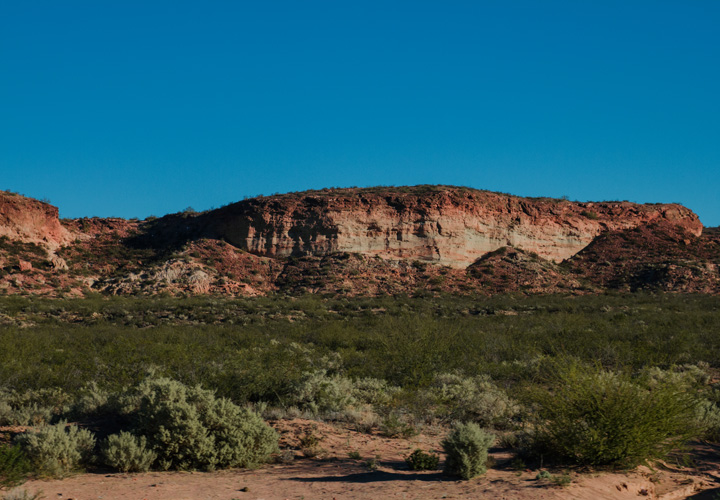
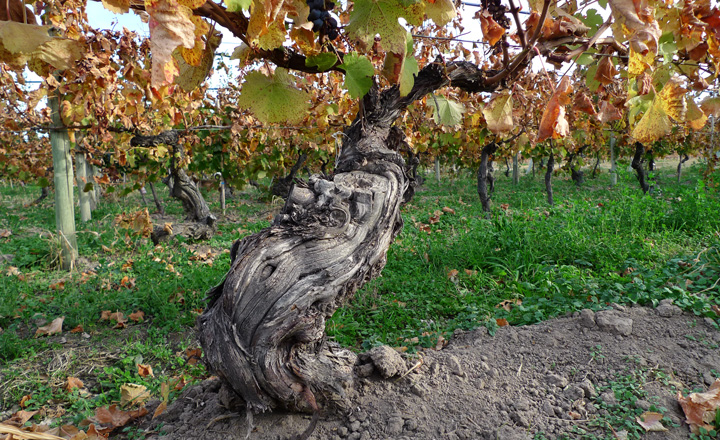
While it is true that other systems with newer technologies exist, these ancient plants have grown used to the flood irrigation system for years. In addition, flooding helps to prevent many plant diseases including phylloxera.
The Vineyards
Chacra advocates for the highest quality and originality of its wines. The reason these standards are achieved lies in the way its old, ungrafted vineyards are treated organically and biodynamically in a habitat where respect for nature and the deepest engagement in understanding the environment are passionately pursued.
Chacra is comprised of 24 planted hectares: three planted in 1932, 7 planted in 1955, and the remaining planted on an average of 20 years ago


Pinot Noir
Also known as red Burgundy, as it originates from the area which breeds several wines of the highest quality, Pinot Noir is an endless road for the consumer. The austerity and thorough complexity of its character make this one of the most elegant varieties in the world with rose petal, mushroom, forest floor, and earthy aromas when it unfolds and plenty with cherry and strawberry aromas in its youth.
Possibly the most complex grape variety to cultivate, Pinot’s fine skin and compact bunches make it a true challenge for viticulturists. In addition, weather conditions of the vineyards must be materially precise to deliver high-quality products.
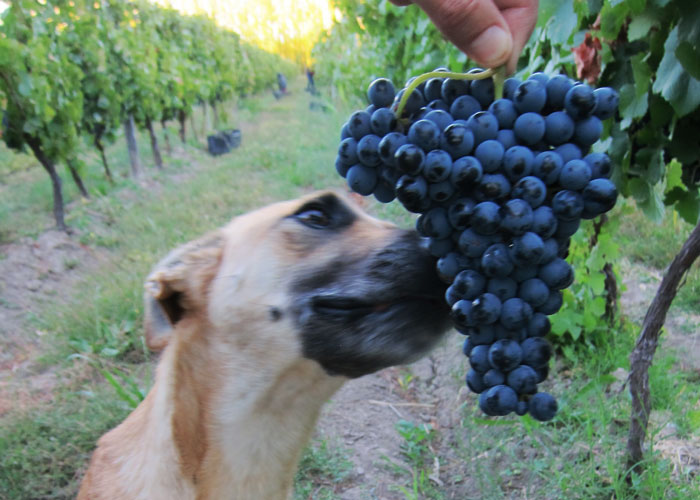
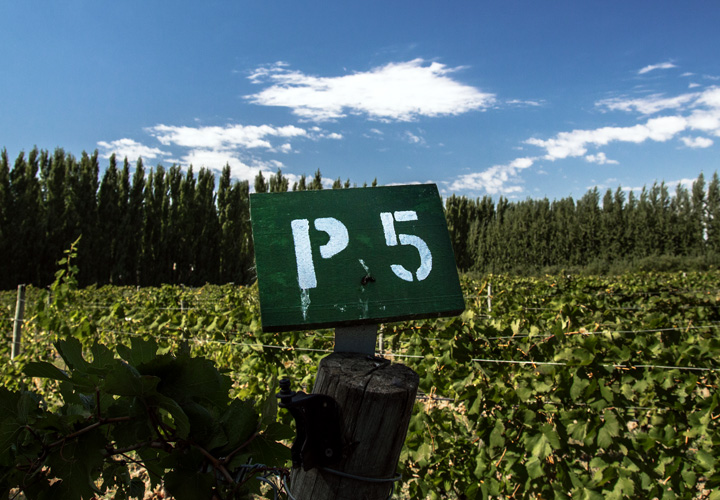
The varietal composition of Chacra vineyards consists solely of pinot noir. This variety, delicate and fascinating, finds ideal weather in the region. The low humidity and constant winds protect the vineyards from hostilities while the constant sun, low rainfall and alluvial soils are virtually unmatched in any other wine-making region in the world.
Pinot has the ability to transform itself in very little time, developing unique and novel qualities in only a few years. This is written on the resulting singular and genuine character of each specimen in the world. This is why behind every glass of Pinot Noir there is a deep and complex story to tell.

Farm & Garden
At Chacra we believe wine and food are essentially connected, and that such bond evolves a culture. We have a long tradition in this art, and our respect for its constituents is simply our view of life. This is why our food and wines are organic and biodynamic: our philosophy is to observe and look out everything our body intakes.
In our garden, we grow tomatoes, cherry tomatoes, eggplants, beets, pumpkins, green leafy vegetables and aromatic herbs, among others. Around the vegetables, 4000 blooming rosebushes and a flowerbed of 2,500 lavender plants frame this comforting and many-colored plot that feeds our animals, our guests and our people.
About 37,000 poplar trees planted by Piero stand in roles around the estate to protect the area from the powerful desert air currents and to provide a shelter from the blazing sun, thus helping to keep the natural conditions of the area.
In the farm, goats, sheep and pigs are also bred which feed from our organic vegetables. Horses aid in several farming tasks and our lovely motley crew of dogs protect us and keep us company
The Bees These bewildering insects have an essential role in the natural development of flora in any ecosystem. Indeed, their untiring activity favors pollination, as they are likely to focus on a particular species, even though they can extract pollen from a wide variety of flowers. As a result, more than a third of the food we consume and half the flowers that grow on Earth are directly favored by their tenacious labor. Their presence, then, is a necessary element of a healthy and natural ecosystem: their sweetest product is not honey, but the continuity of life. The generosity of their nature has always inspired Piero, with their hard work and their vital contribution to the vines. For this reason, at Chacra we honor their presence and preserve their habitation needs.

